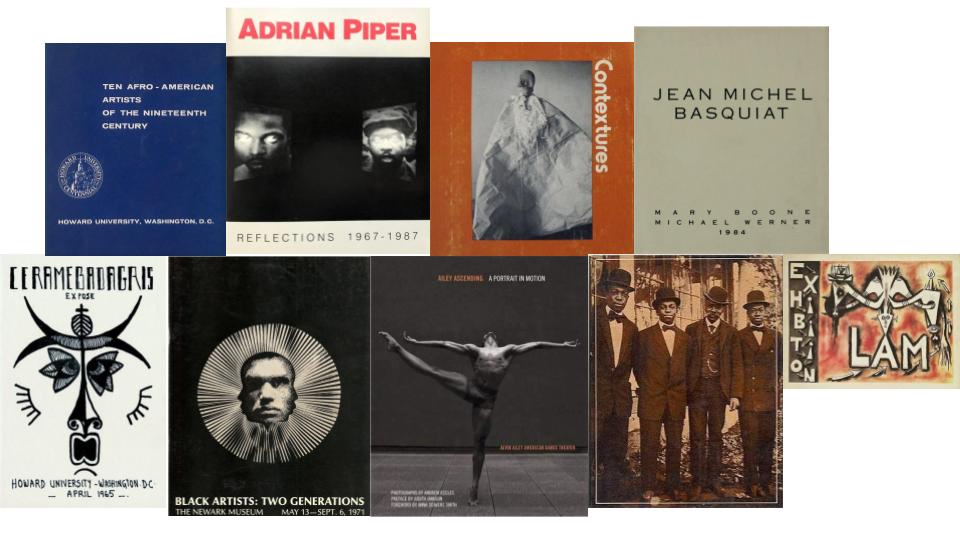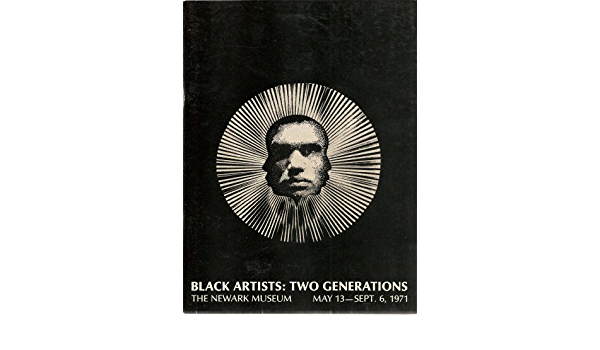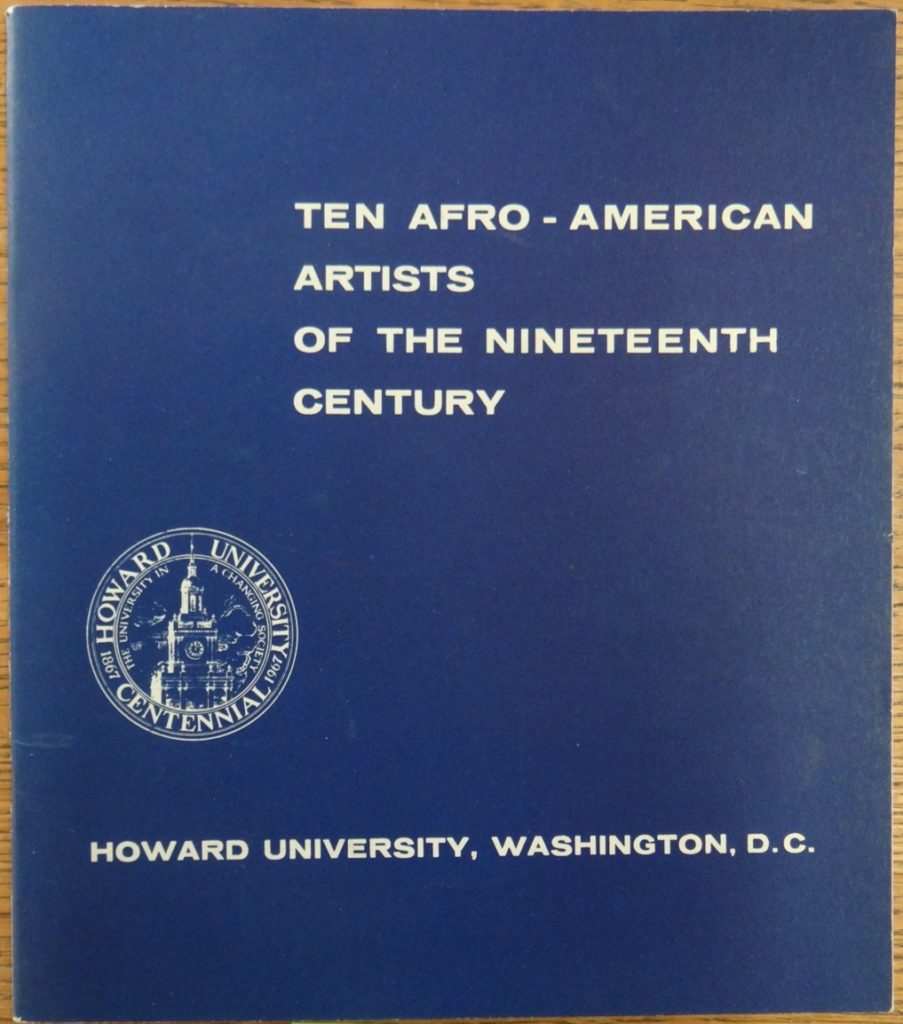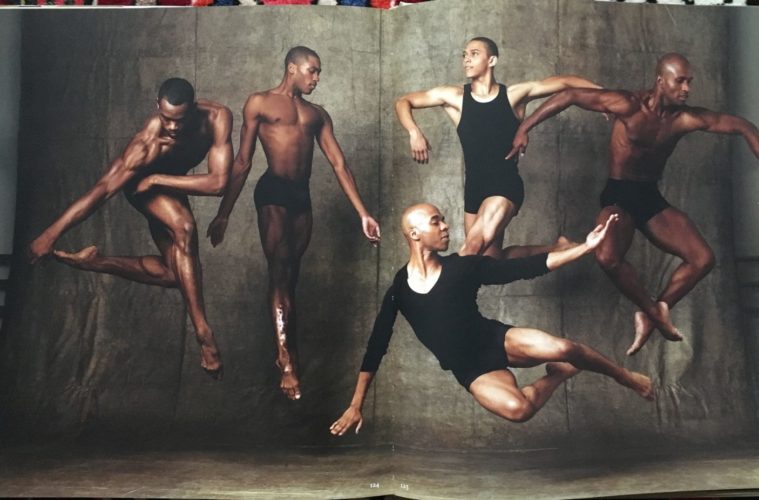Earlier this week the Getty Research Institute announced its acquisition of what will be known as the Whitney and Lee Kaplan African American Visual Culture Collection, but which will more likely be called (by locals at least) by a more familiar name, the Arcana Collection. The Kaplans are the couple behind Arcana: Books on the Arts, a Culver City-based emporium of rare and special art and architecture books with a well-deserved cult-like following among visual culturati. But as this announcement highlights, they are also thoughtful and dedicated art book collectors themselves.

Kaplan Arcana Collection | Getty Research Institute
Having begun his personal collection of African American art books and materials in the late 1980s, the collection that will now reside at the Getty Research Institute includes some 3,500 catalogs, magazines, artist’s books, pamphlets, and zines, as well as rare ephemera, documenting African American artists and Black visual culture since 1903. Kaplan has noted that there was a noticeable dearth of fully realized monographic publications on Black artists until somewhat recently, which meant that attempts to collect such publications inevitably tilted toward exhibition catalogs and more limited-edition type publications. But for that reason, the Kaplan Arcana Collection offers not only a trove of books, but also a detailed historical timeline of the century in Black art from a variety of perspectives, told through contemporaneous printings.

Black Artists: Two Generations, a 1971 exhibition catalog from the Newark Museum (Kaplan Arcana Collection | Getty Research Institute)
The Kaplans’ materials have been procured from a unique array of sources, including publishers, museums and galleries, other book dealers, artists, art collectors, cultural workers, scholars, and curators, and will, after a few years of diligent cataloging, be made available as part of the GRI’s research, exhibition, and publication programs serving scholars worldwide. The Getty Library is one of the largest art and architecture libraries in the world, and this acquisition specifically speaks to its African American Art History Initiative, which also includes the personal archives of artist Betye Saar, and the archives of architect Paul Revere Williams.

Jean-Michel Basquiat exhibition catalog, Mary Boone Gallery, 1984 (Kaplan Arcana Collection | GRI)
“I’m so excited to have the Whitney and Lee Kaplan African American Visual Culture Collection at the GRI — for so many reasons, but principally because I can imagine the generations of new scholarship that this collection will underpin,” says Mary Miller, director of the Getty Research Institute.
“Encyclopedic in its scope, the Kaplan Collection will be foundational in bolstering the Getty Research Institute’s ever-expanding library collections in support of our African American Art History Initiative,” says Simone Fujita, Getty Library’s Bibliographer of African American Art.

Kaplan Arcana Collection | Getty Research Institute
We might have to wait a while to get a look at the full range of the materials, but the announcement did highlight some salient examples, such as: Ailey Ascending: A Portrait in Motion (Chronicle Books, 2008); Black Artists: Two Generations, a 1971 exhibition catalog from the Newark Museum; a rare Jean-Michel Basquiat exhibition catalog from Mary Boone Gallery, New York in 1984 with the writing “Poem for Basquiat” by A.R. Penck; Adrian Piper: Reflections 1967-1987, published on the occasion of a retrospective exhibition at the Alternative Museum in New York; and Ten Afro-American Artists of the Nineteenth Century, from an exhibition at the Howard University Art Gallery in 1967.

Kaplan Arcana Collection | Getty Research Institute
Advertising disclosure: We may receive compensation for some of the links in our stories. Thank you for supporting LA Weekly and our advertisers.

